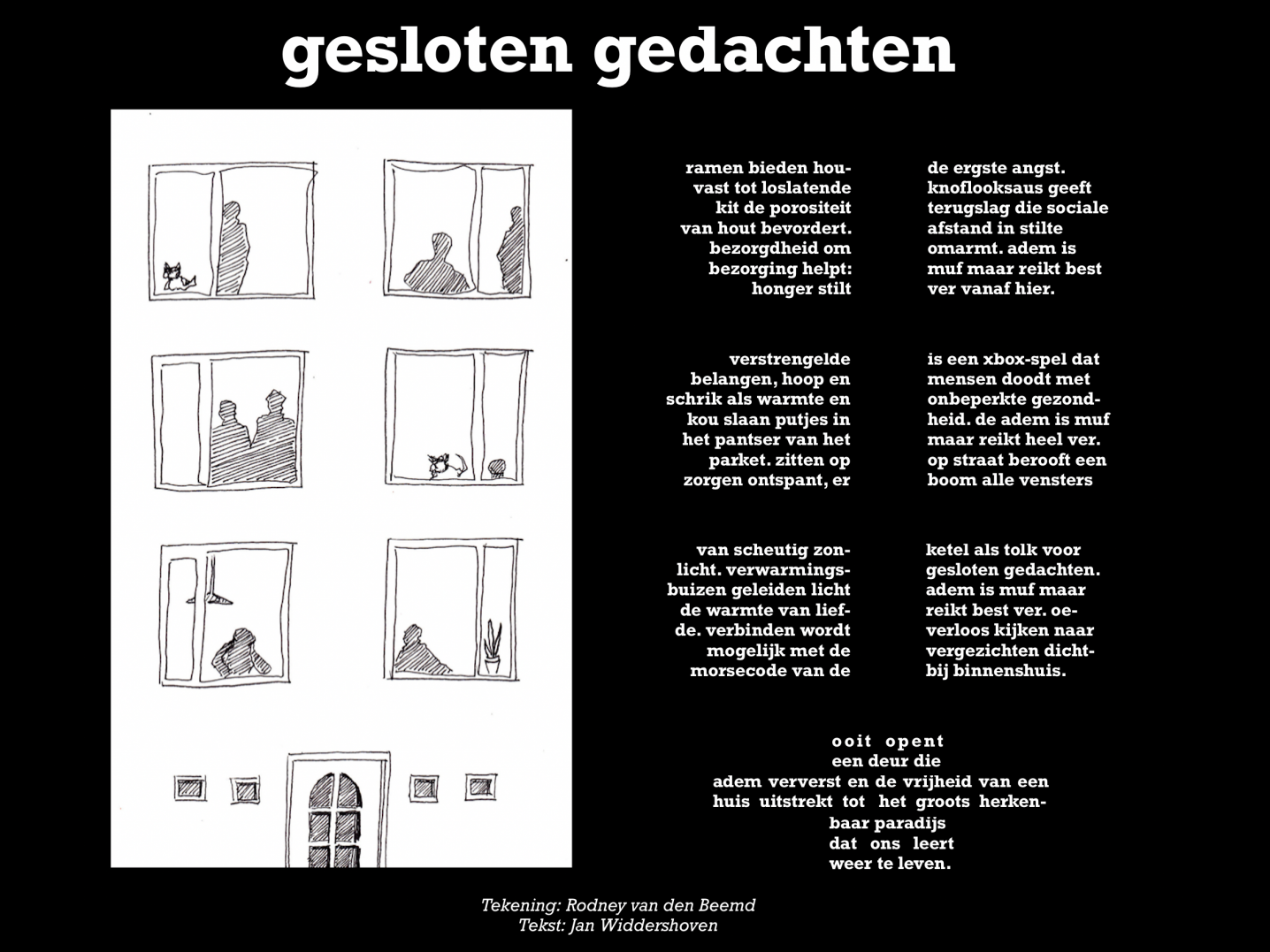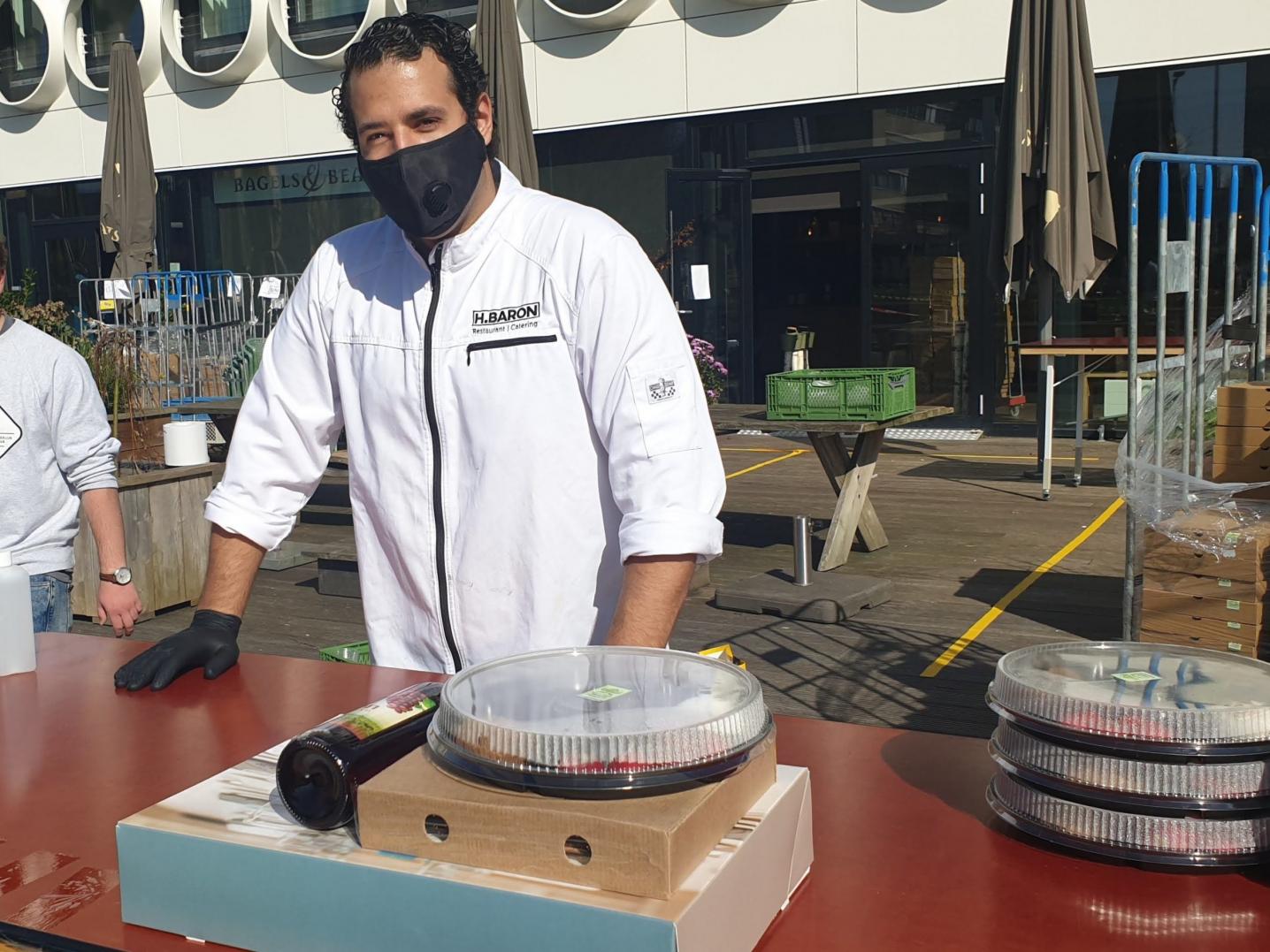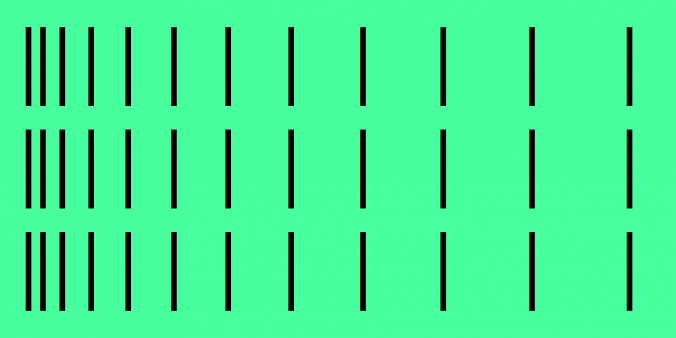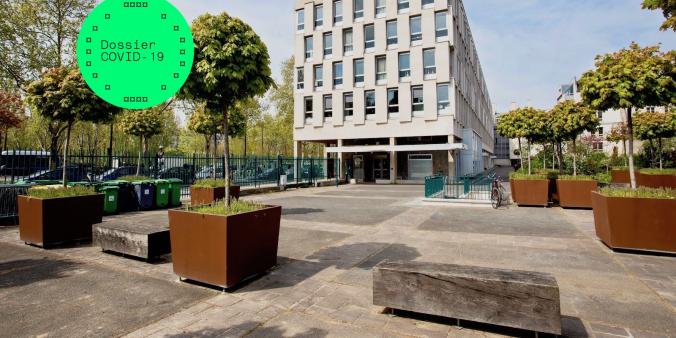
Corona in the City: reflections on the present and future of a Dutch city museum
I think it’s safe to say that in the past few months, the coronavirus pandemic has had an effect (on varying levels) on cultural institutions around the world, forcing them to rethink what they do and how they can do it. Focusing on museums, the crisis seems to be having a mostly negative impact: the lack of visitors often entails a significant decrease in revenue, sometimes forcing museums to lay off members of staff. Recent estimations foresee that 13% of museums worldwide may be forced to close. Another obvious (and perhaps more positive) consequence has been the ‘boom’ in online tours, exhibitions and other virtual initiatives across the cultural and creative sector. What the long term effect of the coronavirus will be remains unclear. Predictions are being made, the situation is being monitored and mapped out, and advice and support is being widely shared.
A joint reflection
This article offers some ideas and reflections that stemmed from my recent talk with Annemarie de Wildt, curator of the Amsterdam Museum. Together we discussed the impact of the COVID-19 pandemic on museums in general and this museum in particular, and reflected on how this crisis is currently influencing the work of museums. Our discussion travelled back and forth between past, present and future, and in and out of the online exhibition Corona in the City, a recent and ongoing initiative of the Amsterdam Museum.

Cautious reopening, new publics?
In the Netherlands, museums and other cultural institutions have been able to reopen their doors to the public on 1 June. But who is the ‘public’ at a moment when travel is restricted? And might the pandemic have an impact on museum audiences in the long term? Particularly in Amsterdam, a popular tourist destination, mass tourism has been having increasingly negative effects on local inhabitants. According to Annemarie de Wildt, before the coronavirus crisis, the majority of the visitors of the Amsterdam Museum, located in the heart of the city, were international tourists. “The centre of Amsterdam has, especially in recent years, been perceived by locals as a place for tourists, leading many to avoid the area,” mentions De Wildt.
But since soon after the lockdown (which in the Netherlands allowed people to continue going outside), Amsterdam locals started rediscovering and reclaiming the city. “The current situation seems to have led people to experience a heightened awareness of their immediate surroundings,” reflects De Wildt, “a feeling that extends also towards one’s city.” She expects that in the upcoming months, perhaps years, the balance between local/national and international visitors will shift towards the former group. This change, in turn, is likely to have an effect on the content of the exhibitions and activities that the museum will develop, in an effort to engage in relevant ways with its audiences. This shift towards more locally embedded practices is widely recognised as a likely effect of the pandemic across different contexts. And it begs questions like: how can museums better (re)connect to local communities? And what role can they play in supporting these communities in the current challenging times?

(Almost) real-time collecting and curating
Despite the current challenges, the Amsterdam Museum is fortunate to be able to continue its work. An awareness of this privilege, of the uniqueness of the current situation and a sense of responsibility towards its local community, inspired the Amsterdam Museum to develop the online collection and exhibition Corona in the City. The goal is to document the COVID-19 crisis, and its impact on Amsterdam and the lives of its inhabitants. “It’s also a way of fostering a sense of local and international connectivity during this widely experienced event,” explains De Wildt. Individuals and organisations were invited to submit their experiences and stories (in the form of images, videos and/or text), which the museum collected and stored in an online collection.
The museum created the possibility to select and contextualise part of the materials through curated ‘rooms’ focused on specific topics. These digital spaces are continuously being developed by curators of the museum, and external individuals, mostly artists and organisations. The online exhibition opened its digital doors on 15 May, and as of 18 June, the museum has received more than 1250 contributions and the exhibition has almost 50.000 digital visitors. Two aspects of this initiative stand out: the fact that it aims to collect and curate an ongoing event, and that it is taking place almost entirely in digital form.
Parallels and historical precedents
Some of the ideas behind Corona in the City are not entirely new. Indeed, other museums around the world have been documenting, collecting, selecting, curating, and interpreting stories and objects that in one way or another say something about the situation we are currently experiencing. Such is the example of the New-York Historical Society’s History Responds initiative or the Victoria and Albert Museum in London with its project Pandemic Objects. One could argue that such a stimulus for individuals and groups to document ongoing events might end up having an impact on how these events are experienced.
Be that as it may, the act of sharing lived experiences and connecting online with others has become common practice around the world, a development linked to the popularity and accessibility of social media channels. Corona in the city and other similar initiatives have the potential to help us later better understand this event and its impact, but might also offer interesting avenues for exploring the ways in which individual and group experiences were widely shared.

From a historical perspective, this practice is also not without precedents. In moments when international crises profoundly affect everyday life, many set out to reflect on how people in the future might look back at these moments. An example of that can be found in the Netherlands, where even during the Second World War, some groups were already arguing for the need to create an institute for war documentation after liberation. As Jaap Cohen’s recent article in De Groene Amsterdammer shows, this was the starting point for the creation of the (present-day) NIOD (Institute for War, Holocaust and Genocide Studies).
Online and ‘journalistic’ collecting
The Amsterdam Museum has been engaging with the possibilities and opportunities of online and digital practices for some years now. According to Annemarie de Wildt, its collections have since long been made accessible online, exhibition supplements have been developed, and platforms have been created to collect stories and memories (such as Neighbourhood shops and Memories of East Amsterdam). Regarding these platforms, Annemarie mentions that in order to maintain their social relevance, city museums have increasingly been focusing on present times and current topics.
This involves, for instance, collecting stories of living inhabitants and recent experiences (often in digital platforms), other times it includes more immediate action to collect objects related to recent events, a practice that she calls “journalistic collecting”. But what makes Corona in the City a unique project for the Amsterdam Museum is the fact that it has been, since its conception, an entirely online initiative. “Content and ideas are exchanged online and even the 'objects’ of the exhibition,” De Wildt points out, “are almost entirely digital.”

Whose stories?
The Amsterdam Museum encouraged anyone and everyone to share their stories and experiences. This begs the question: whose stories and experiences are made visible in this process? Although open to all, who, during a moment of crisis, has the time, tools, mindset and skills to share their stories in engaging ways? We discussed this issue of inclusion and representation at length. “Corona in the City is certainly not a complete representation of what is currently happening in Amsterdam,” De Wildt says, “a reality that applies to any exhibition. Particularly the first stories we started receiving tended to express optimism and focus on the creative potential of the current situation.” Aware of this limitation, Annemarie and her colleagues have been reaching out to individuals and organisations connected to often underrepresented groups in society, to invite them to share their experiences and stories.
Co-curation towards multiperspectivity
Many organisations welcomed the invitation and created, together with the Amsterdam Museum, a wide range of digital rooms about various topics. For instance, the room Female gaze goes viral, conceptualised by Willemieke Kars, presents itself as “an ode to all women of Amsterdam”, with a highly diverse collection of stories, experiences and creative expressions from female perspectives. Amsterdam Cares explores the COVID-19 pandemic through the eyes and bodies of healthcare workers, and it was curated together with the Florence Nightingale Instituut and the Pulse Network. Annemarie de Wildt curated, amongst others, the New behavior in a social distancing society room, which showcases the many ways in which individuals and groups have been adapting, coping and engaging with the social distancing rules imposed by the pandemic. Many more (co-)curated rooms have been and continue to be added weekly to the exhibition.

A fluid platform in continuous change
In the context of the ongoing coronavirus pandemic, the Amsterdam Museum’s initiative will continue to grow and adapt to the incoming contributions from individuals and organisations. Annemarie de Wildt calls it a “fluid platform” that alongside its societal purpose, works also as a ground for experimenting with and reflecting on ideas and museological practices. She shared that for the museum’s staff, the coronavirus and this initiative resulted in a steep learning curve, namely in terms of working remotely, online and with digital collections. Furthermore, this project has led the museum to connect to a wide range of people and initiatives across the city, a valuable experience in the context of an increasing focus on its local community and stories. These are valuable lessons in the context of the museum’s Collecting the City project, a six-year long endeavour that will ultimately lead to the creation of a physical exhibition in 2025.
Setting aside for a moment the overwhelmingly negative impact of the coronavirus crisis on many museums worldwide, and looking at this case in particular, it would seem that the crisis has forced the Amsterdam Museum to think outside of the box (quite literally, if by ‘box’ we mean the ‘museum’ space) and to engage further with the digital realm. In doing so, and looking at the Corona in the City initiative, more fluid and open practices of curating and displaying have been developed that complement the somewhat static character of physical exhibitions. The latter have space and financial limitations, whereas online exhibitions and collections have the advantage of being more flexible, quickly changed and spacious. More stories can be told, more perspectives can be included, and co-curation can be expanded. As a city museum, this online initiative has allowed the Amsterdam Museum to establish and strengthen connections with a variety of individuals, groups and communities across the city. And, at least from my perspective, it has fostered connections in times of social distancing.



